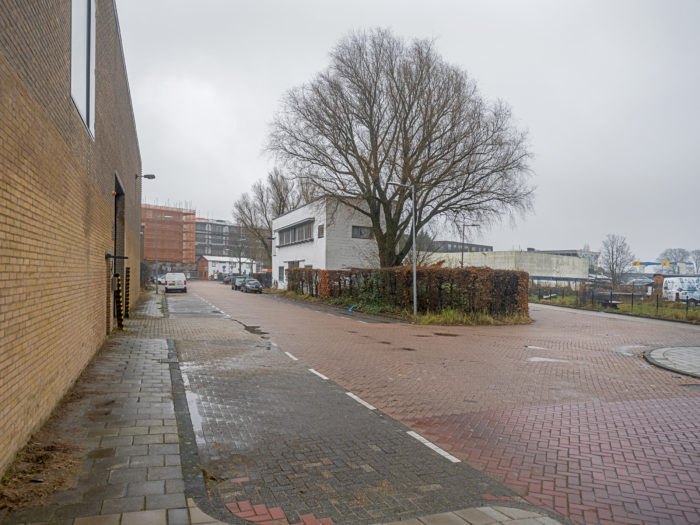
Andre Volten studio in Amsterdam Noord – © Brian Rose
In the late ‘90s, I was commissioned to photograph the neighborhood surrounding Mercatorplein, a public square, in Amsterdam. It was an area in the west of the city created to house ordinary working families, but over the years, a homogeneous Dutch population had given way to immigrants, many from Morocco, and much of the unique Amsterdam School architecture was in poor condition. A major renewal of the area was underway, and it was decided that a photographic survey documenting the transformation was called for. I was living in Amsterdam at the time with my wife, Renee Schoonbeek, a Dutch urban planner, and the work, more or less, fell into my lap. The result was my first book, “Mercatorplein, An Image of the World in Amsterdam.”
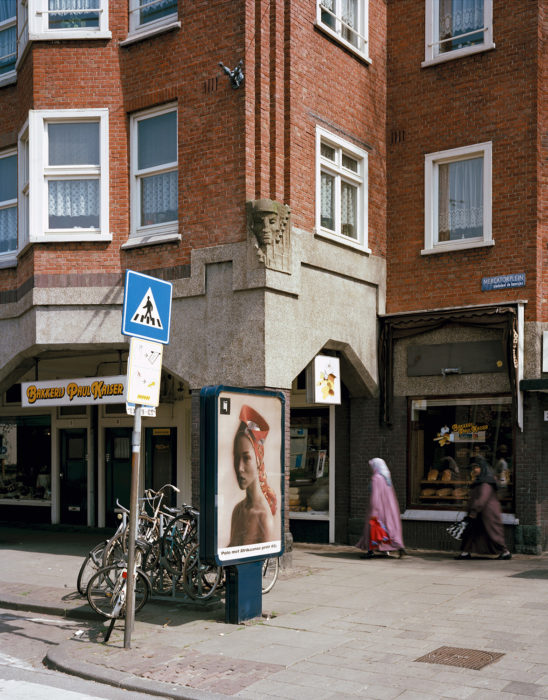
Mercatorplein, Amsterdam, 1997 – © Brian Rose
Mercatorplein, the public square itself, was being redesigned, and I was asked to photograph the model of a sculptural element to be placed in the new square. The sculptor was André Volten, one of the most important post-war Dutch artists, whose work was prominently displayed throughout Amsterdam and the Netherlands. I went to his studio in a rough-edged industrial area in the north of Amsterdam. His studio, where he also lived, was a whitewashed modernist rectangular box. A high hedge surrounded the back garden creating a small oasis screened off from the adjacent factories and warehouses. There we sat for about an hour sipping wine and talking about our work. The model I photographed was a short distance from Volten’s studio in a machine shop that produced the majority of his steel sculptures. The model was tabletop-size and featured a spiral fountain and a circle of chairs, cast in steel.
A year later, I was invited to the dedication of the newly rebuilt Mercatorplein, which included the piece I had photographed, now at full scale. Andre Volten and I sat next to each other on bleachers as speeches were made and children gave a musical performance. It was rainy, but the mood was festive. Sitting directly in front of us was Koningin Beatrix, the Queen of the Netherlands. At one point she turned around and warmly greeted André Volten, and he introduced me to the queen who said she was pleased to meet me in unaccented English.
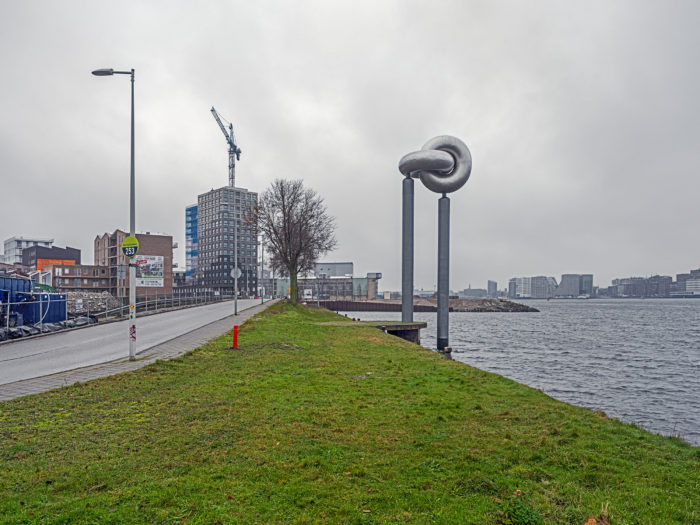
Untitled, Amsterdam, André Volten – © Brian Rose
Some years later, living full time in New York, I heard that André Volten had died. And I saw that Mercatorplein had again been redesigned, and his sculptural fountain and stone chairs were removed. Where they went, I did not know. Looking for outdoor things to do during the current Covid lockdown, I suggested we take the ferry over to Amsterdam Noord (North) and look for André Volten’s studio. The ferry dock on the other side is clearly marked by a monumental Volten sculpture, two columns with interlocking steel rings on the edge of the water. We found the studio without too much trouble and discovered that it was now a dedicated Volten archive, though not open to the public in the midst of the pandemic. The grounds, sadly, were scraggly, and the hedge that shielded the garden where I sat with Volten was partially broken down. The place looked a mess.
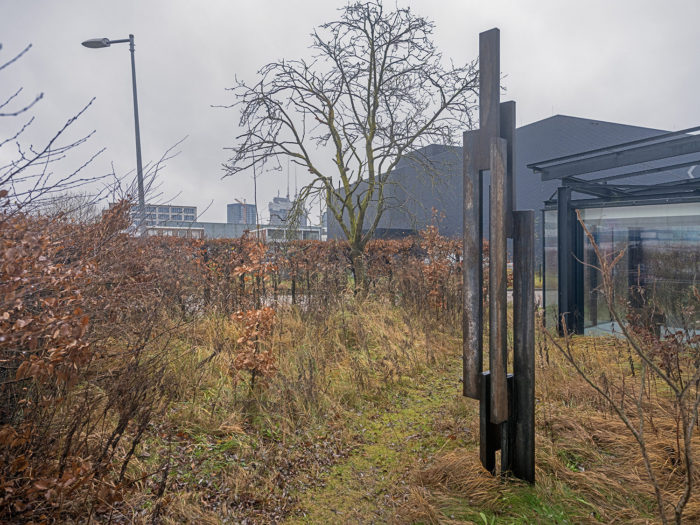
Volten garden with unknown sculpture – © Brian Rose
In the back, in a field, was Volten’s Mercatorplein sculptural ensemble, looking forlorn and out of place.
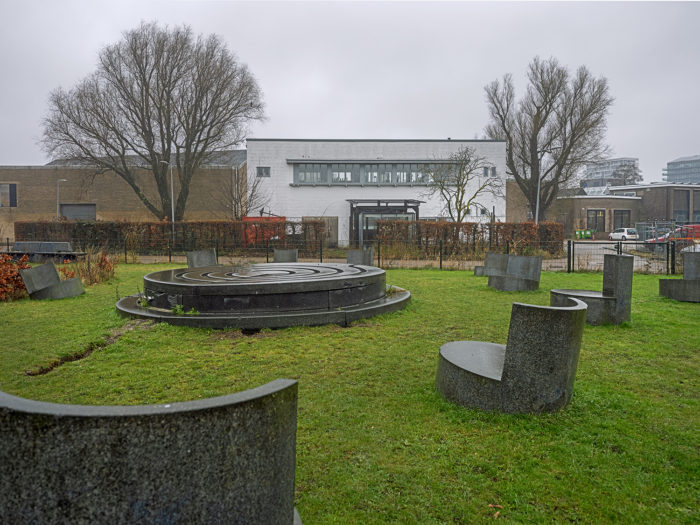
Volten/Mercatorplein sculptural ensemble – © Brian rose
André Volten’s studio was originally the gatehouse of a housing complex called Asterdorp, built in 1926 for “socially maladjusted families.” The idea was for them to live in a closely monitored community for a time, and then move into normal communities once it was determined that they were adequately socialized. The entire community was walled-in and the only way in or out was through the gatehouse. For a brief period at the beginning of World War II, Rotterdamers who had been bombed out of their homes were relocated in Asterdorp, and after the Nazis occupied the city, it become a temporary residence for Jews being sent to the transit camp Westerbork, or to death camps like Auschwitz. It was sometimes called “Klein Westerbork.” After the war, Asterdorp was demolished and only the gatehouse remained, empty for a number of years. André Volten took it over in 1950 and lived and worked there until his death in 2002.